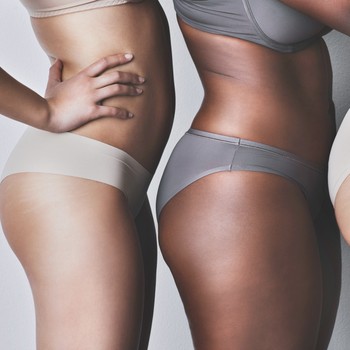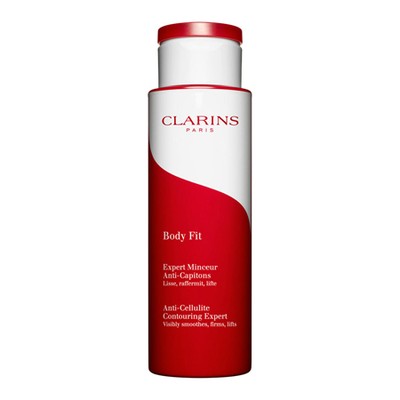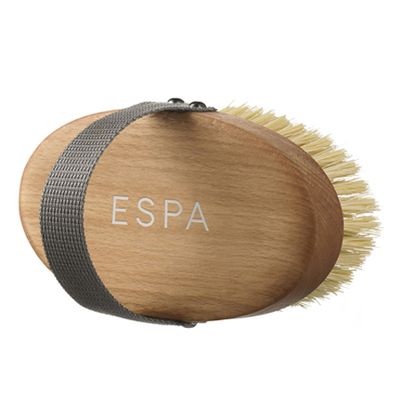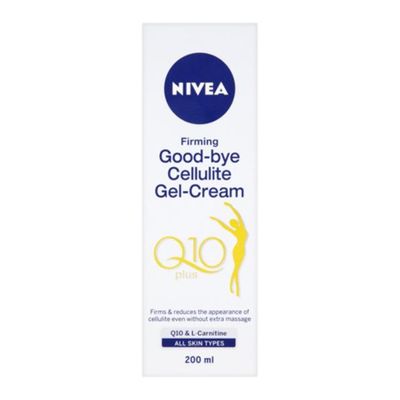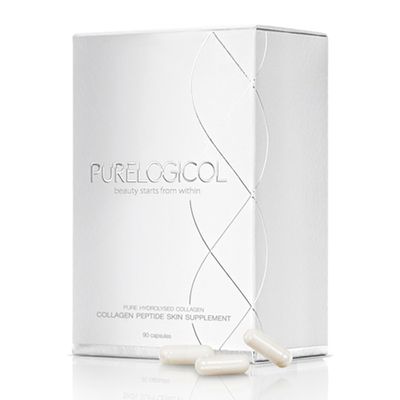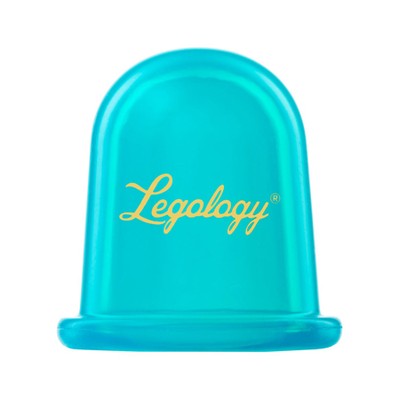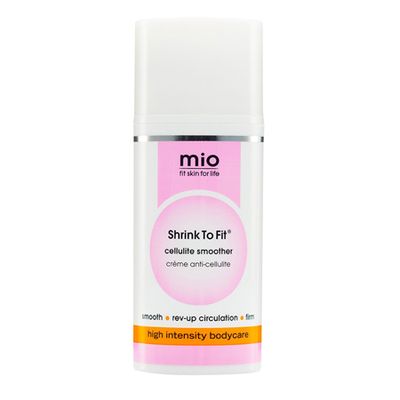A Guide To Cellulite
We caught up with cosmetic surgeon, Dr Benji Dhillon of London’s PHI Clinic, and cosmetic doctor Dr Mervyn Patterson, Founder of Woodford Medical, for the lowdown...
Firstly, what is cellulite?
"It’s congestion in the fat cells of the buttocks, thighs, back of arms as well as the upper and lower back. The result is a rippling effect of the tissues just beneath the surface of the skin. People of all shapes and sizes complain of this bumpy fat as you don’t have to be overweight to experience it," Dr Dhillon
"Cellulite is bumpy fat which pushes upwards just under the skin. It has the bumpy or ‘orange peel’ appearance because the skin is tethered down by vertical fibrous strands rather like buttons in a cushion, hence the uneven look," Dr Patterson.
Is cellulite genetic?
"To a degree – genetics alone do not mean you will definitely get cellulite, although it’s more likely if it runs in your family," Dr Dhillon.
"Yes, there is some evidence that cellulite is commoner in certain families as the tendency to retention of surface fat, larger amounts of pelvis and hip fat and the vertical fibers in some cases, gets passed down genetically," Dr Patterson.
So what causes it?
"It’s often a mix of various reasons such as genetics, lifestyle and hormones that will lead to its development. Cellulite is closely linked to oestrogen (the female sex hormone), which explains why women are more prone to cellulite than men. Oestrogen plays a role in increasing the amount of fat in women, typically around the thighs and buttocks, from puberty onwards, and an individual’s level of the hormone can be affected by external factors such as the pill," Dr Dhillon.
"The main reason for cellulite is a tendency to a build-up of fat just under the skin particularly around the pelvis and thighs and is mainly under oestrogen control. Women for some reason also tend to have more vertical fibers that shape the fat into small lumps which contrasts with men where the fibers are more criss-cross," Dr Patterson.
Can cellulite get worse at certain times?
"It can get worse with the menstrual cycle – as hormone levels increase, chambers of fat under the skin can get bigger, leading to a more prominent appearance," Dr Dhillon.
"Poor circulation in the area may contribute to fluid retention giving yet further swelling," Dr Patterson.
In your opinion, do topical treatments work?
"Unfortunately, ‘miracle’ cellulite creams don’t work on cellulite itself (i.e. the bulging of fat) but can help with tightening loose skin that could be exacerbating the appearance of cellulite. A lot of research has been done on topical treatments and there is very little evidence to suggest they can improve cellulite," Dr Dhillon.
"A range of creams, body scrubs, exfoliators and massage techniques have emerged but there is little evidence that they have any significant effect," Dr Patterson.
What about body brushing?
"Similar to topical treatments, it will not help with cellulite itself but can help firm loose skin overlying cellulite for a more toned, streamlined appearance," Dr Dhillon.
"Body brushing can help with water retention and can stimulate lymph and blood circulation, which can improve the appearance of cellulite," Dr Patterson.
Is there anything you can do day-to-day to help banish cellulite?
"Smoking is one of the worst habits for cellulite (it breaks down collagen production) so make an effort to give up if you smoke. Regular exercise can also help to reduce the amount of fat around the thighs. Try to drink at least two litres of water per day (dry skin can appear loose, worsening the appearance of cellulite) and make an effort to eat a balanced diet with plenty of lean meat (collagen is a form of protein), vitamin C and omega-3s," Dr Dhillon.
"Keeping your diet healthy and sensible by reducing sugars and refined carbohydrates is a useful overall strategy. Severe weight loss and crash diets are not going to help and may just make the problem more obvious. Adopting a workable exercise regime, particularly muscle strengthening exercises in the butt and thigh areas, are also helpful," Dr Patterson.
Do you recommend any quick fixes?
"A targeted in-salon massage could help remove a build-up of fluid around the thighs and encourage lymphatic drainage, both of which can temporarily improve the appearance of the skin. Fake tan can also make the skin appear smoother and significantly reduce the look of dimpled skin," Dr Dhillon.
"There are no magic supplements or quick fixes. But think about reducing the levels of processed foods, sugar and added salt to reduce fluid retention. Exercise can help too, as it as improves circulation to the area.
What about in-salon treatments?
"The current, most effective treatment for cellulite is Cellfina, a semi-invasive therapy that treats the primary structural cause of cellulite for long-lasting results. It has been popular in the US for the last two years and at present, it's available at nine clinics across the country. Prices start from £4,000, which is expensive, but the results can last for up to three years," Dr Dhillon.
"Machine treatments that have various ‘energies’ emitted from them including laser, LED light, combined with some form of suction or massage treatment are now becoming very popular. Most of the effect is related to changes in water retention where the suction is probably the most effective element. There is no doubt that they can produce some albeit temporary improvement. Mesotherapy with various different delivery devices is another option: here, the therapist uses fine needles to deliver a cocktail of fat-busting ingredients to the surface fat. Combining this with an energy-based device such as radiofrequency may also help to disrupt the fat further," Dr Patterson.
Shop SL's pick of the best products for reducing the appearance of cellulite below...
DISCLAIMER: We endeavour to always credit the correct original source of every image we use. If you think a credit may be incorrect, please contact us at info@sheerluxe.com.
